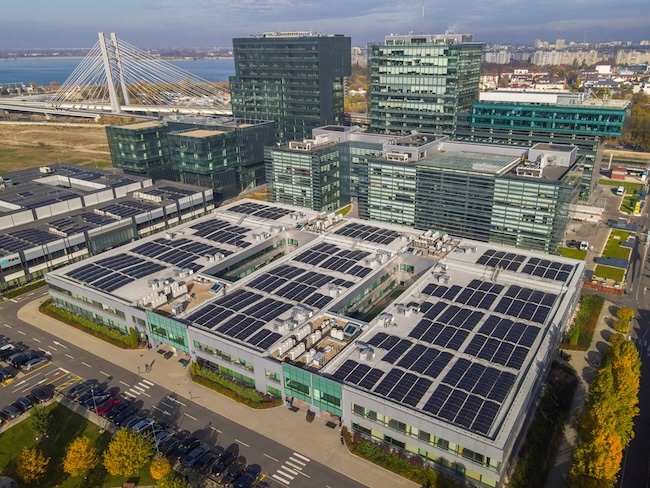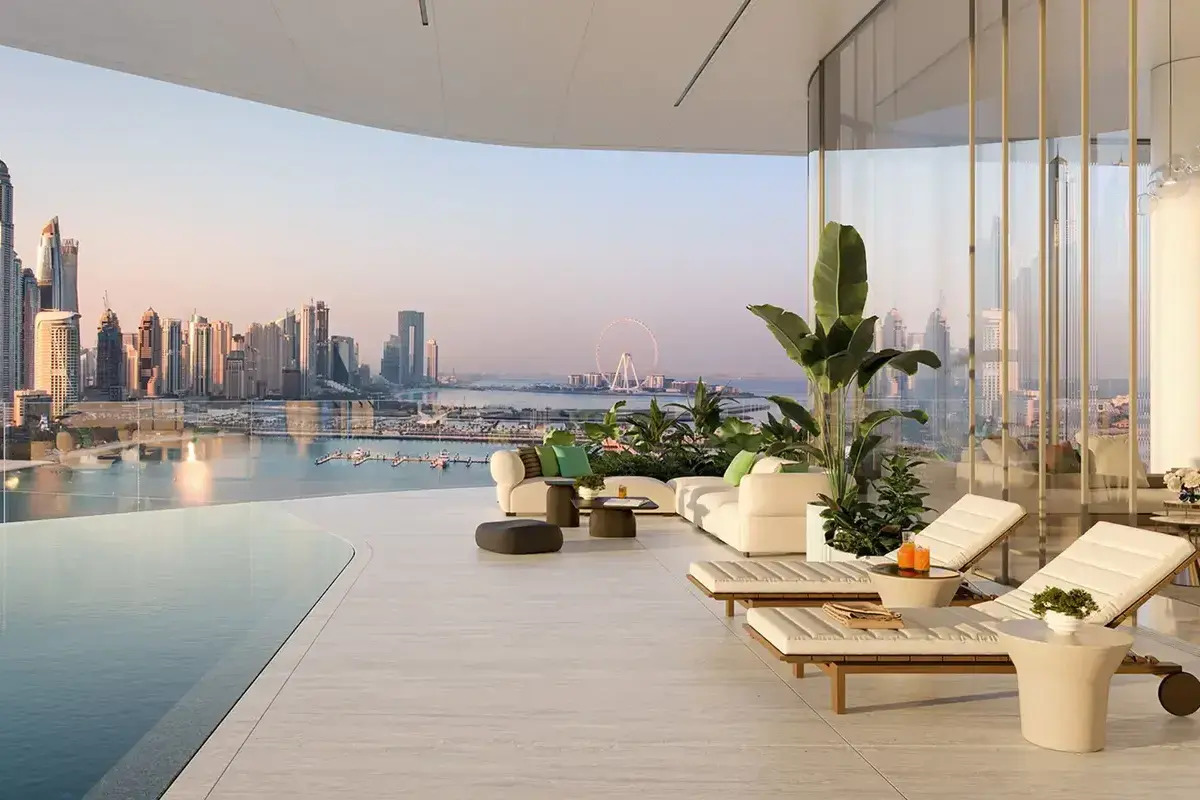The credit crunch will accelerate the rental market in Romania

The availability of finance is the main driver of the residential market. Under the impact of high inflation, bank lending is undergoing a period of resettlement and access to finance for home purchase is tightening, as the key interest rate has risen sharply over the past year, from 1.75% in November 2021 to 6.75% in November 2022.
“It is naturally tempting to compare the current context with the 2009 financial crisis, in the absence of a closer benchmark, but a detailed analysis of the indicators of then and now reveals a very different situation. Both market maturity and purchasing power are now at an entirely different level”, stated Andreea Hamza, Senior Director Living, JLL Romania.
In the current cycle, the average price of new homes in Bucharest has reached a level of 1,920 Eur per usable sqm, 25% below the peak level of 2,576 Eur per sqm reached in Q1 2008, according to the real estate index published by imobiliare.ro, while the average net salary in Bucharest is currently 1,085 Eur, double the 2008 level (499 Eur).
At the same time, the average price of a new residential unit delivered in Bucharest was around 270,000 Eur at its peak in 2008, as compared to around 134,000 Eur today. The difference results mainly from an average area per unit which was 48% larger in 2008 as compared to 2022, i.e. 104 m² in 2008 vs. 70 m² in 2022, according to official housing statistics.
“Moreover, in 2008, more than 50% of new homes were bought off-plan for speculative purposes and reentered the selling circuit even before they were completed and fully paid for, not to mention the price increase of up to 30% during this interval. Thus, in 2008 we are talking about an artificial increase in demand, as the same apartment could be placed back on the market even twice during the construction period alone”, explains Andreea Hamza, Senior Director Living, JLL Romania.
In contrast to 2008, in 2022, 75-80% of the residential units are purchased by end-users, while the difference is represented by investors targeting a rental income and not as much for reselling.
Moreover, the residential market in 2022 is divided into well-defined autonomous segments, another clear sign of maturity. In 2008 almost all new housing was considered to be part of the higher-end segment, while the middle and lower-end segments were covered by the old housing stock. In 2022, the new residential units are clearly split between 5 distinctive market segments, from economy to high-end. This healthy market segmentation gained shape in 2009, through the introduction of the “Prima Casa” program, which basically created the niche of affordable newly constructed units, also supported by the reduced 5% VAT rate.
On the other hand, the mortgage market has also reached a certain level of maturity, as the maximum debt to income ratio for local currency loans has decreased from 70% in 2008 to 40% since 2019, a level maintained to this day. In other words, the mortgage loan value in 2008 is comparable to the one accessible today, despite the fact that the average income has doubled since 2008. Therefore, the risk of default on mortgage loans is now also much lower.
All the above arguments reveal the fact that the residential market is now at a totally different level than in 2009, hence the impact of the crisis will also be different. The market has already started its cycle of readjustment to the new challenges, but we do not expect a price evolution similar to the one registered in 2009-2011, when we saw a cumulative decline in prices of 37%. This decline followed a steep 60% price increase in just 3 years (2006-2008), while the cumulative price increase over the last 3 years (2020-2022) has been limited to 15.5%.
We see this correction on the residential sales market as a boost for the rental segment, which continues its upward trend. Bucharest rental levels increased on average by 7% in Q3 2022, with some specific neighborhoods seeing rents increasing by as much as 15%.
“The limited access to mortgage loans, combined with the preference of the younger generations for more flexibility, is stimulating the rental market and creates the necessary framework for the emergence of the built-to-rent residential developments”, concludes Andreea Hamza, Senior Director Living, JLL Romania.






